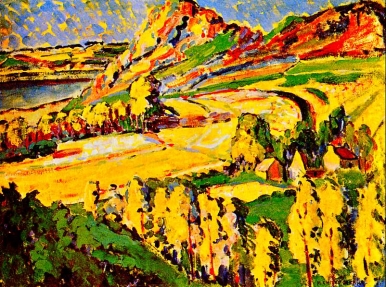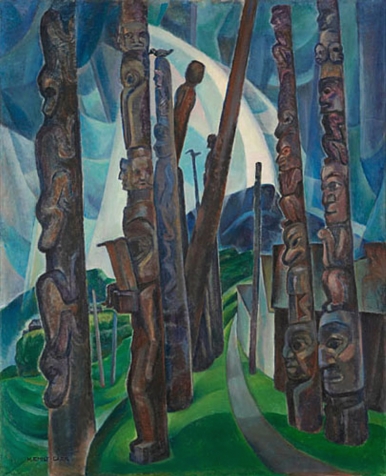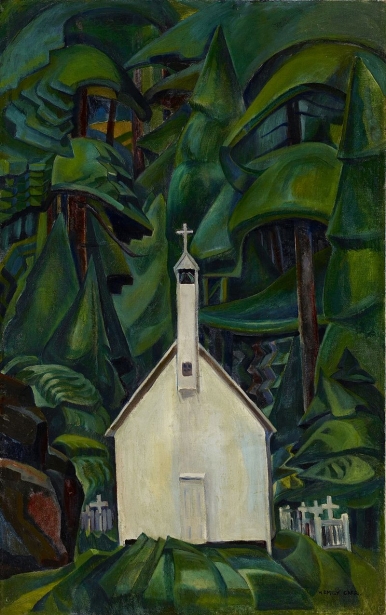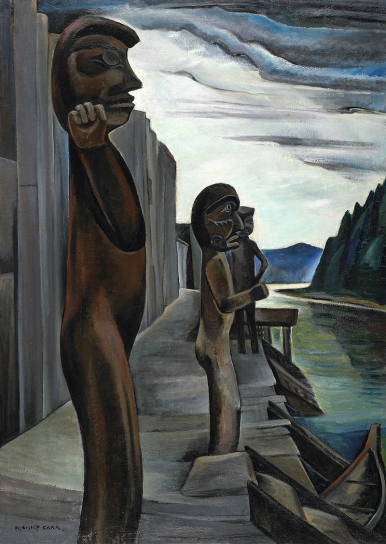에밀리 카(Emily Carr)FOLLOW
1871년12월13일 캐나다 빅토리아 출생 - 1945년03월02일
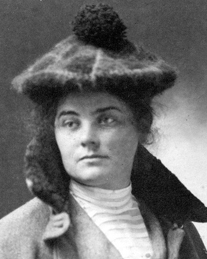
추가정보
Carr is remembered primarily for her painting. She was one of the first artists to attempt to capture the spirit of Canada in a modern style. Previously, Canadian painting had been mostly portraits and representational landscapes. Carr's main themes in her mature work were natives and nature: "native totem poles set in deep forest locations or sites of abandoned native villages" and, later, "the large rhythms of Western forests, driftwood-tossed beaches and expansive skies". She blended these two themes in ways uniquely her own. Her "qualities of painterly skill and vision enabled her to give form to a Pacific mythos that was so carefully distilled in her imagination".
Her painting can be divided into several distinct phases: her early work, before her studies in Paris; her early paintings under the Fauvist influence of her time in Paris; a post-impressionist middle period before her encounter with the Group of Seven; and her later, formal period, under the post-cubist influences of Lawren Harris and American artist and friend, Mark Tobey. She used charcoal and watercolour for her sketches. The greatest part of her mature work was oil on canvas or, when money was scarce, oil on paper.

